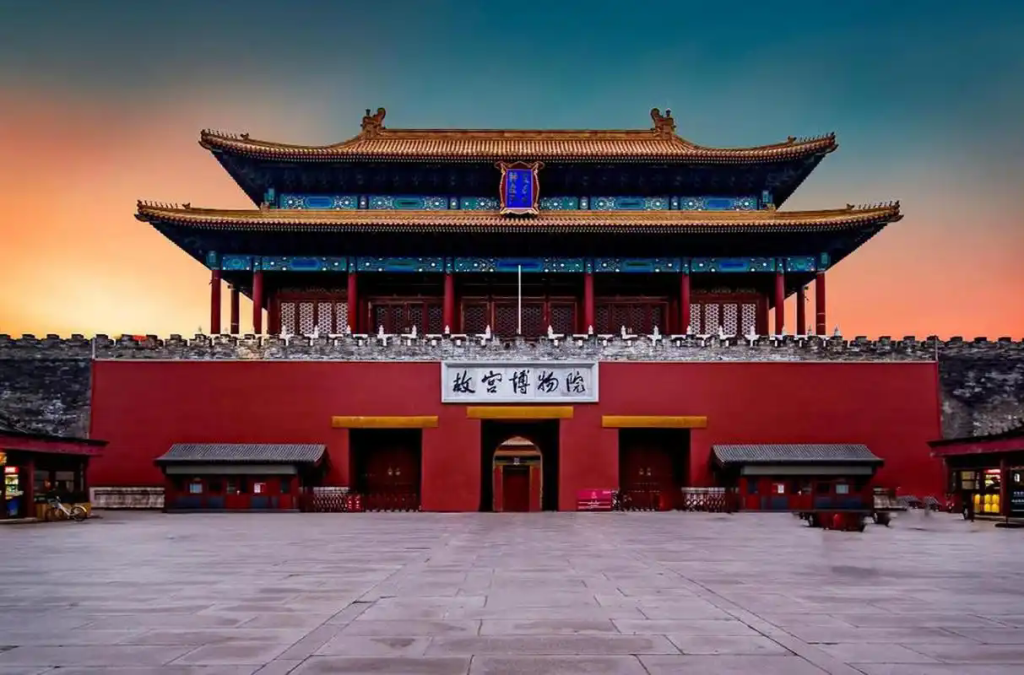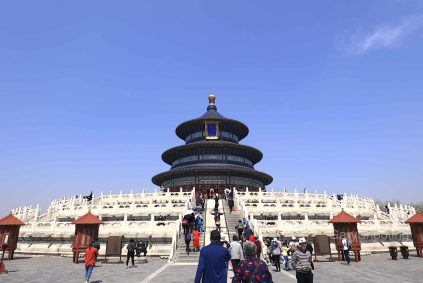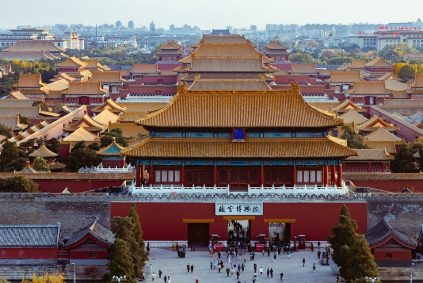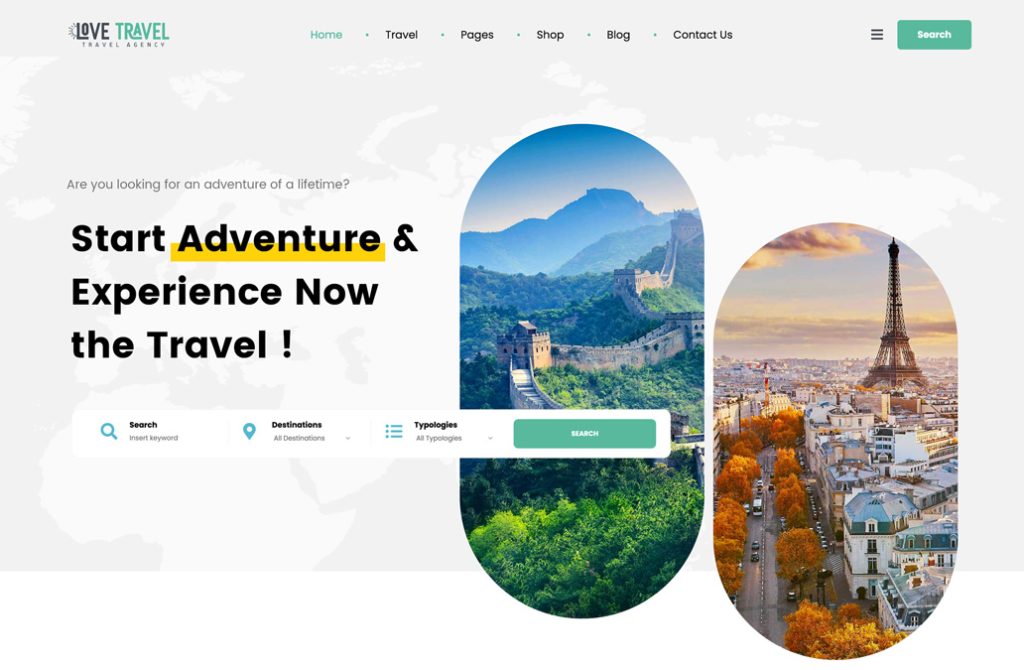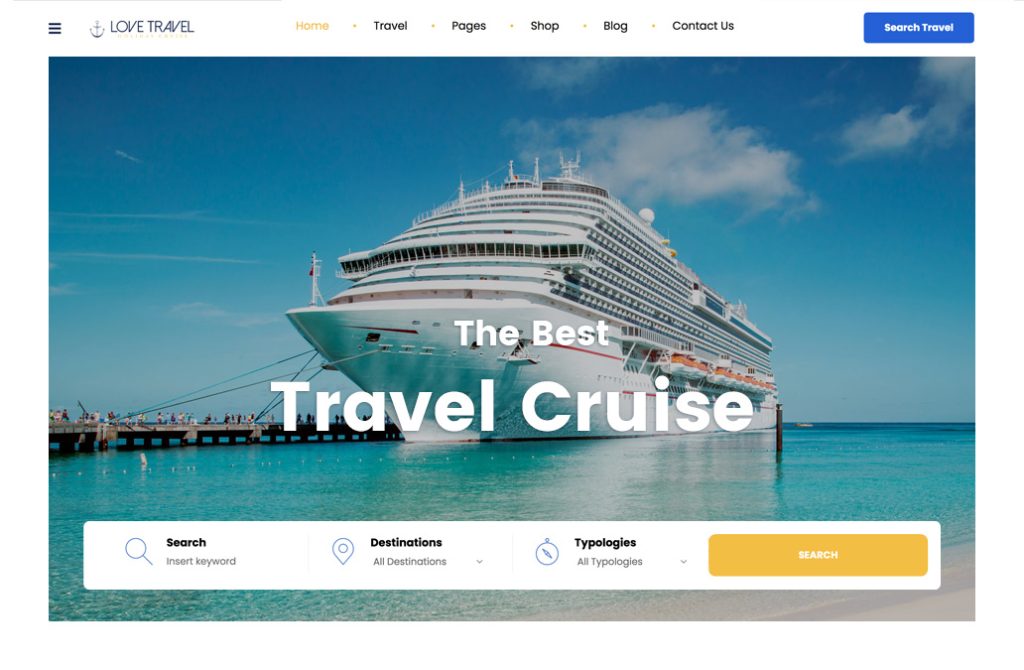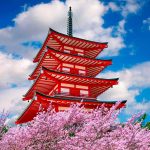Cost-Saving Strategies for Transportation in Beijing: Navigating the City Efficiently
Exploring Beijing’s vast urban landscape and historical sites requires a well-planned approach to transportation. With multiple options available, travelers can reduce costs by leveraging public systems, optimizing routes, and adopting local habits. Here are practical methods to manage expenses while moving around the city.
Maximizing Public Transit: Subway and Bus Networks
Beijing’s subway system is one of the most efficient ways to traverse the city, connecting major attractions like Tiananmen Square, Запретный город, and the Olympic Park. Using a rechargeable transport card simplifies payment and offers discounts on transfers between lines, making it cheaper than purchasing single-ride tickets for each journey. For shorter distances, buses provide an affordable alternative, though routes may require prior research or mobile apps to navigate. Combining subway rides with brief walks to nearby attractions reduces reliance on taxis or ride-hailing services, especially in central districts where traffic congestion can increase travel time and costs.
Timing and Route Optimization: Avoiding Peak Hours and Detours
Traveling during off-peak hours minimizes both time spent in transit and expenses associated with delays. Mornings before 9 AM and late evenings after 7 PM typically see lighter traffic, allowing for smoother rides on buses or faster subway connections. When planning trips to distant sites like the Great Wall or Ming Tombs, booking early morning or late afternoon trains or buses can help avoid midday crowds and potential surcharges for last-minute reservations. Кроме того, using navigation apps to identify the fastest routes—even if they involve slight detours—ensures efficient use of time and resources, particularly when transferring between different modes of transport.
Biking and Walking: Eco-Friendly and Budget-Conscious Options
Beijing’s bike-sharing programs, accessible via mobile apps, offer a flexible and inexpensive way to explore flat areas like the Olympic Green, Shichahai Lake, or hutong neighborhoods. Many attractions provide designated bike parking zones, making it easy to combine cycling with subway or bus travel. For shorter distances, walking not only eliminates transportation costs but also allows travelers to discover hidden gems, such as local markets or street art, that might be missed when rushing between sites. Comfortable footwear and weather-appropriate clothing enhance the experience, while maps or offline navigation tools prevent getting lost in unfamiliar areas.
Group Travel and Shared Rides: Splitting Costs
Traveling with companions presents opportunities to share expenses on taxis or private cars. Splitting fares among four or five people often makes these options comparable in cost to public transit, especially when heading to destinations outside the subway network, such as the Temple of Heaven Park or 798 Art Zone. For larger groups, hiring a minibus or arranging a guided tour with transportation included can further reduce per-person costs while ensuring convenient access to multiple sites in a single day. Communicating clearly about pick-up times and drop-off locations helps avoid additional fees for waiting or detours.
Leveraging Local Knowledge: Insider Tips for Savings
Engaging with locals or fellow travelers can uncover lesser-known transportation hacks. For example, some subway stations offer free shuttle buses to nearby attractions during peak seasons, while others provide discounted combo tickets for transit and entrance fees. Asking hotel staff or tour guides about seasonal promotions or alternative routes can lead to unexpected savings. Кроме того, carrying a portable power bank ensures uninterrupted use of navigation apps, preventing costly mistakes like missing a bus stop or taking a longer subway route due to dead batteries. Staying adaptable and open to adjusting plans based on real-time conditions—such as sudden weather changes or transit delays—also helps maintain control over expenses.
By integrating these strategies, visitors can enjoy Beijing’s diverse offerings without overspending on transportation. The key lies in balancing convenience, cost, and flexibility to create an itinerary that aligns with personal preferences and budget constraints.

